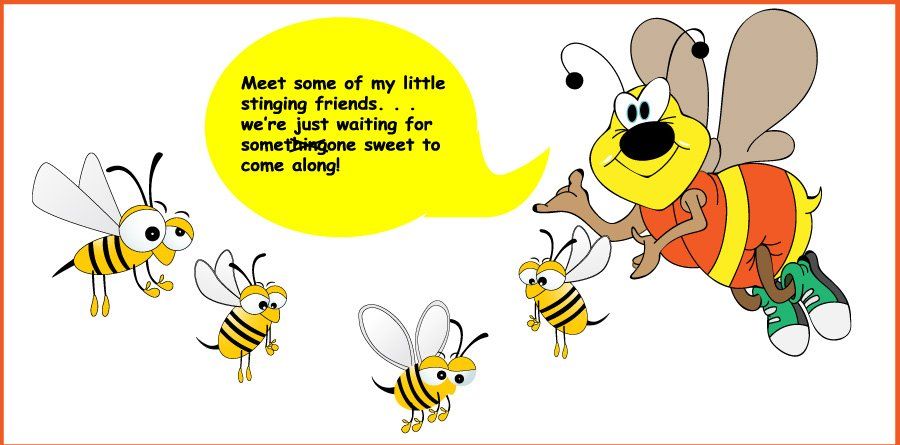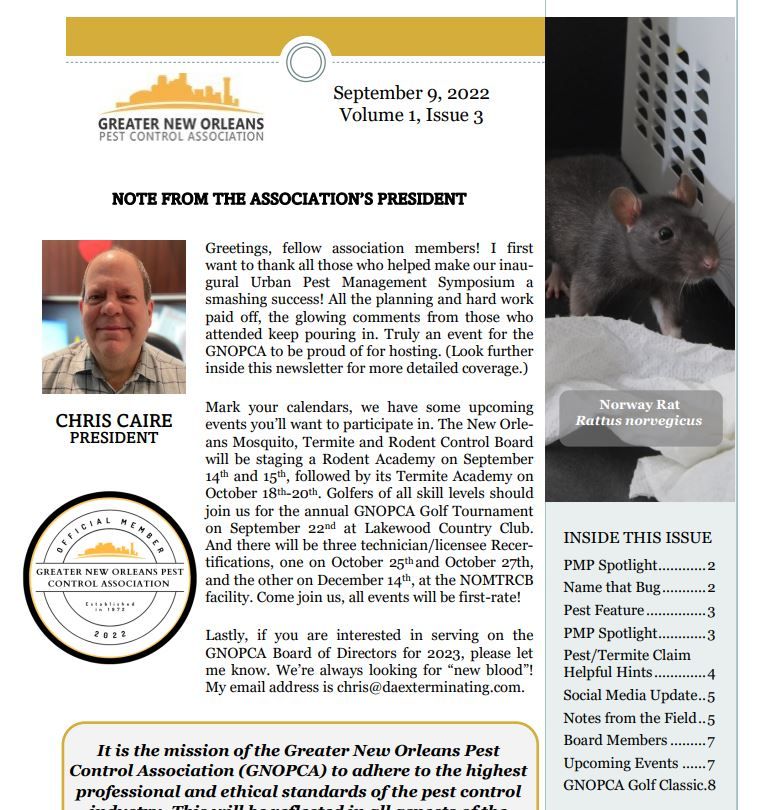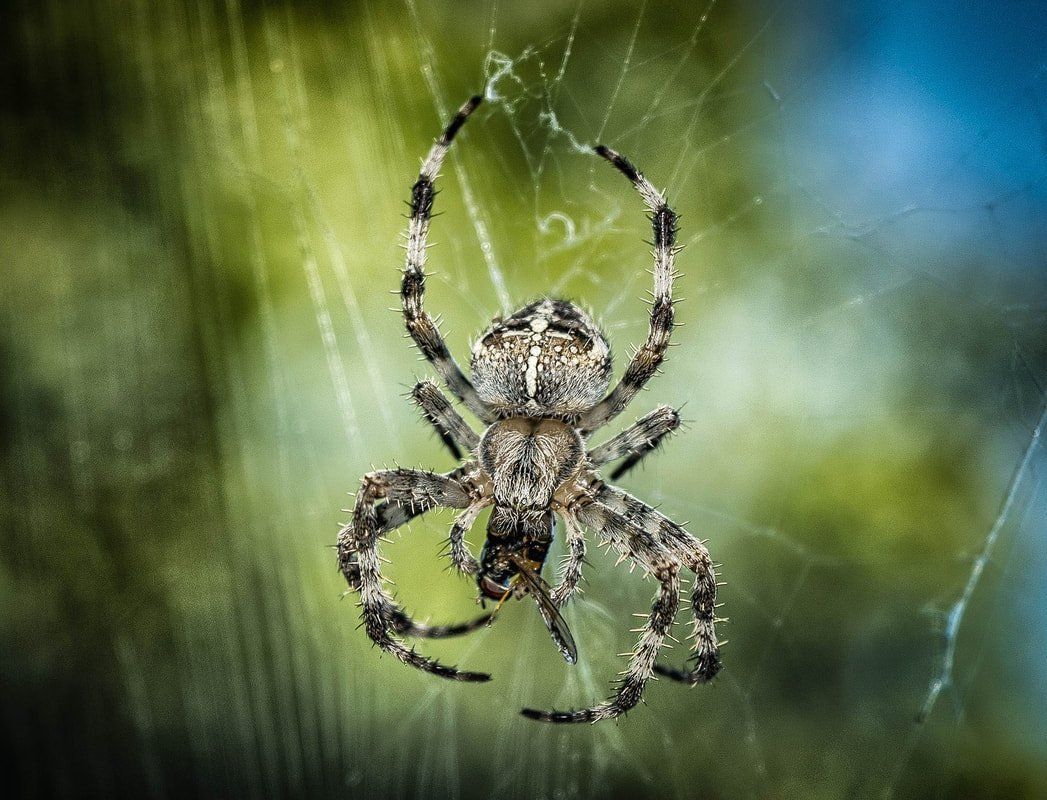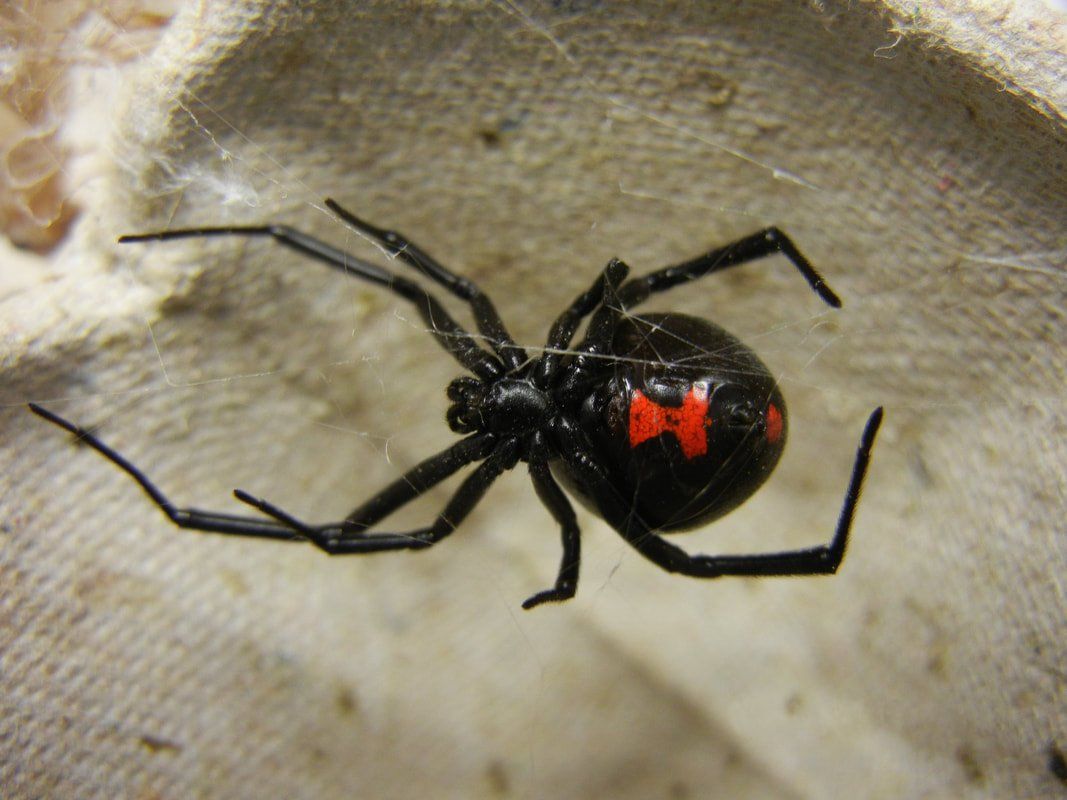DA Exterminating Co., Inc. | 4440 Wabash Street Metairie, LA 70001
📞(504) 888-4941
DA Exterminating Co. of St. Tammany, Inc. | 13433 Seymour Myers Blvd., Ste 2 Covington, LA 70433
DA Exterminating Co. of Houma, Inc. | 202 Enterprise Dr. Houma, LA 70360
Blog Layout
Bees & Stinging Insects Causing You Pain?
Admin • Sep 01, 2014
Is summer time a real pain to you because of bees? If you’re one of the many people who seem to attract bees and their stings, summer is probably not your favorite season. Yellowjackets compete for our barbecued burgers and soft drinks while bees in the clover can collide with big and little bare feet.
An occasional bee sting is pretty much inevitable but there are some things you can do to prevent the sting from becoming a big problem. Consider these:
First of all, if symptoms of collapse or difficulty in breathing develop, emergency professional treatment must be sought urgently. If you have a bite that ulcerates or just won’t heal, always seek professional advice.
If the person does not have severe allergy symptoms to bees:
1. Remove the bee stinger
- Scrape the area with a fingernail or use tweezers to remove it.
- Don’t pinch the bee stinger — that can inject more venom.
2. Control Swelling
- Ice the area.
- If you were stung on your arm or leg, elevate it.
- Remove any tight-fitting jewelry from the area of the sting. As it swells, rings or bracelets might be difficult to remove.
3. Treat Symptoms
- For the bee sting pain, take an over-the-counter painkiller like acetaminophen or ibuprofen. Do not give aspirin to anyone under age 18.
- For itchiness, take an antihistamine. You can also apply a mixture of baking soda and water or calamine lotion.
- Meat tenderizer mixed with water to form a paste can be applied to neutralize the venom.
4. Follow-Up
- It might take 2-5 days for the area to heal. Keep it clean to prevent infection.
Here’s what else to do to prevent bee stings Keep your cool. If a wasp, yellow jacket, bee or any stinging insect flies near you, stay calm. Slowly move away from the area and do not flail your arms or try to swat the bee. Getting agitated may incite the insect to sting.
Unsweeten your sweat. Some people suggest that eating onions and garlic can drive bees away. The downside? You’re likely to repel humans, too.
Don’t wear bright, flowery clothes or rough fabrics. These seem to attract insects for some reason. Stick to smooth fabric and light-colored outfits in tones of white, tan, green, or khaki when you plan to spend time outdoors.
Go fragrance-free. Perfume, cologne, and scented aftershave, hair spray, and soap will attract bees. You may feel a bit bland without your favorite fragrance, but it may be well worth it to prevent painful stings.
Leave bright, shiny jewelry at home. Bright jewelry and other shiny metal objects attract insects.
Keep your shoes on. Walking barefoot through the grass may feel great, but it’s not such a wise idea. Bees are attracted to the clover that covers many lawns, and yellow jackets build their homes in the ground, so going shoeless can mean stepping into trouble.
Keep food covered when outside. Picnics are a summer family favorite, but open food attracts bees. Keep covers on food as much as possible and keep the lids on garbage cans as well.
Watch what you drink from. If you’re downing a cold drink outdoors, use caution. Insects can fly into drinking vessels, so guzzling a cola could lead to a sting on the tongue or throat.
Be aware of your surroundings. When gardening or doing yard work or other outdoor chores, be on the lookout for hives. Nests can be found in the eaves and attic of your home and in trees, vines, shrubs, wood piles, and other protected places. Disturbing a nest, even by accident, can irritate the insects. The American Academy of Allergy, Asthma & Immunology suggests using extreme care when operating power lawn mowers, hedge clippers, and tractors.
But if you are the outdoors type, then completely avoiding bees isn’t practical. There are measures you can take to be LESS attractive to bees.
- Lavender, Pennyroyal, Pyrethrum, Southernwood, Tansy and Wormwood are all good for repelling insects. Make an infusion and apply to the skin (when cool) using a spritzer, or spray in a room.
- Witch hazel helps relieve heat and inflammation. Make an infusion or use distilled witch hazel and apply externally.
- Aloe Vera gel can have a soothing effect on red, inflamed skin.
For more information about bee stings and their treatment, visit WebMd.
If you’re plagued by stinging insects, call DA Exterminating today!

By Lorenz Marsh
•
14 Jun, 2022
Always proud to be a member of PCT Magazine’s “Top 100” companies ( by annual revenue) in America. This is Ed, Jed and me accepting the award in Orlando the other night. Thanks to our wonderful DA team at all 3 DA branches and our loyal customers, it takes everyone to achieve success! (David Cherry, our longtime GM in Houma, left before we grabbed this photo…sorry David!) — Chris Caire, Jed, and Ed Reynolds.
By Admin
•
14 Dec, 2018
One noticeable change in the outdoors as winter approaches is the reduction of flying insects such as mosquitoes, flies, and bees.
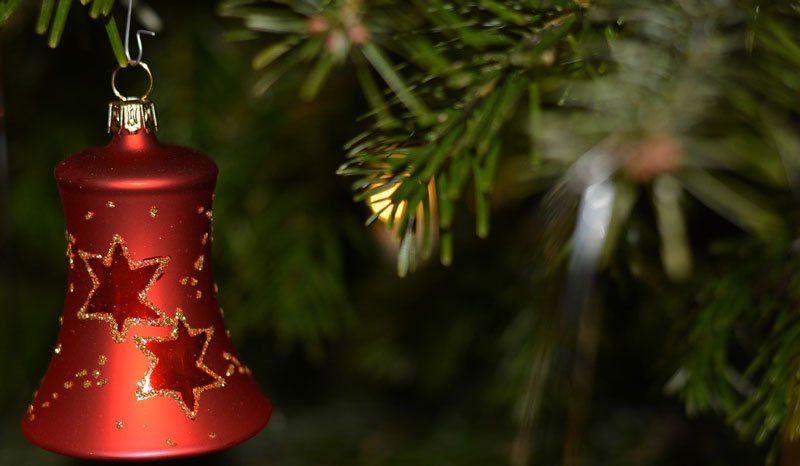
By Admin
•
06 Dec, 2018
When the holidays come to an end, it will be time to store the trees and decorations until Christmas 2019. Safeguard all of your favorite holiday decorations so they are free of pests while sitting in the attic, basement or other storage space until the holiday season comes around next year. Christmas decorations provide harborage and, in some cases, food for various kinds of pests, especially rodents. So we have assembled some decoration storage tips to prevent surprises next year when you open your decoration containers. to seal them in plastic containers if you must save these from 1) Dried berries, seeds and other natural materials are especially attractive to mice. The best idea is to seal them in plastic containers. Discard natural decorations after using each year including real gingerbread houses, candy canes and natural wreaths. 2) Cardboard can be a favorite nesting material for rodents, so don’t store artificial Christmas trees in cardboard; instead, use plastic sealable bags or containers. That goes for all other Christmas decorations. 3) Examine all decorations for any that are broken or that you won't use next year and discard them. 4) Wash linens and other fabrics and store in sealed plastic bags to prevent moisture. 5) Before loading containers into a garage, basement, attic or other storage area, examine them and clean thoroughly to remove any debris that may be harborage areas for mice. 6) Store holiday candles separately. The scent from a candle can attract unwanted guests. Placing the candles in an area that is not exposed to extreme heat (e.g., attics or sheds) will resolve this problem. Wrap candles in plastic to prevent them from melting together or transferring color in warm conditions. If you follow these tips to properly pack and store your decorations, not only will you be more organized for Christmas 2019, but you will reduce the possibility of pests trying to share next year's holiday with you! To get more information on pest control services in New Orleans, contact the experts at DA Exterminating today by calling 800-650-PEST . Wishing you and your family a pest-free New Year!
By Admin
•
14 Nov, 2018
DA Exterminating is proud to present these easy pest prevention tips to keep pests from taking up residence in your New Orleans-area home.
By Admin
•
01 Nov, 2018
The time it takes to check your home before winter arrives will pay off in preventing pest problems. Here are five things you can do!
By Admin
•
17 Sep, 2018
t’s that time of year when certain pests seek a warm place to overwinter and this usually means YOUR HOME! We’ve assembled some tips to prevent these critters from moving in with you. Vacuuming is the best way to eliminate the insects once they are inside. Before the winter months approach, seal gaps around windows and doors, including garage doors. The best time for this is during the summer after pests have left their overwintering site, and before they come back for the next season. Look for areas where pipes and electrical or cable lines enter the building. Gaps around these areas should be sealed. Look for openings around soffits, eaves, attic fans, windows and vents in the attic used for ventilation. Many times these areas are not screened, allowing overwintering pests inside. Be sure screens on windows are in good repair and have no openings. Inspect chimneys. Be sure the damper is closed when not in use, and know that if you’re dealing with a wood-burning fireplace, lighting a fire may discourage the insects from using the chimney as an entry point. Tell customers that using “bug bombs” to treat the inside of a house can backfire — they may end up with dead insects still inside the walls, which then attract secondary pests, such as carpet beetles. Concerned about Fall Invaders? Call us today. 800-650-PEST .
Contact Information
DA Exterminating Co. of St. Tammany, Inc.
13433 Seymour Myers Blvd., Ste 2 Covington, LA 70433
All pictures, images and info contained in this website do not belong to any other parties other than Thryv and/ or DA Exterminating.
Content, including images, displayed on this website is protected by copyright laws. Downloading, republication, retransmission or reproduction of content on this website is strictly prohibited. Terms of Use
| Privacy Policy

